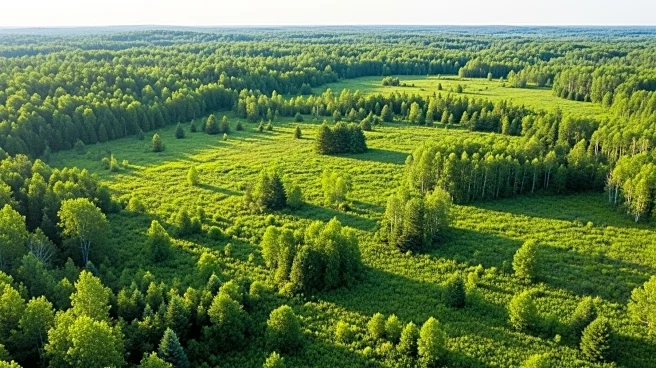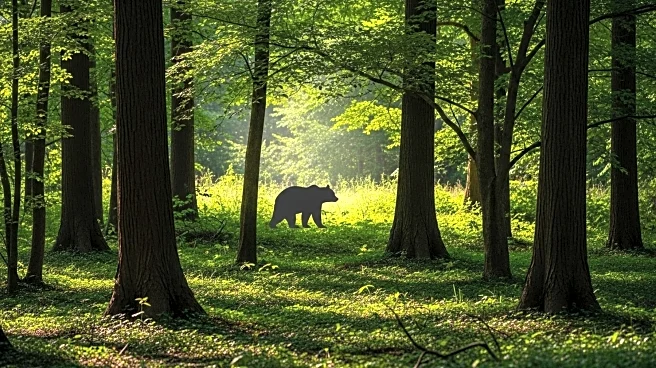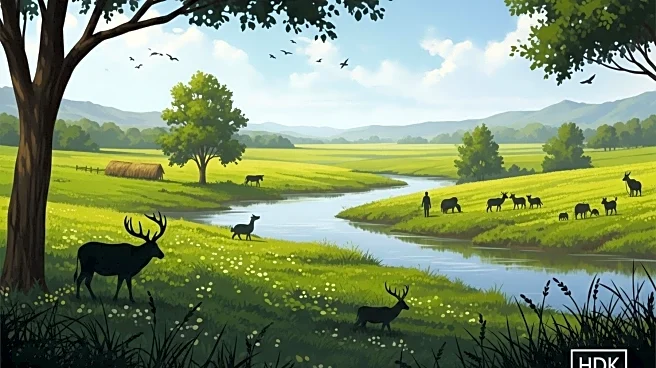What is the story about?
What's Happening?
A comprehensive study has mapped the global loss of mountain vegetated landscapes (MVL) and its impact on biodiversity conservation. The research utilized high-resolution datasets to track changes in MVL from 2000 to 2020, identifying human expansion and natural disasters as primary drivers of loss. Human activities such as settlement growth, agriculture expansion, and mining have significantly contributed to MVL loss, while natural disasters like wildfires, floods, landslides, and droughts have also played a role. The study highlights the conversion of MVL to human settlements, increasing the risk of human-wildlife conflicts in affected regions.
Why It's Important?
The loss of MVL poses a threat to biodiversity, particularly in mountain regions that serve as critical habitats for numerous species. This study provides valuable insights into the spatial patterns of MVL loss and the drivers behind it, which can inform conservation strategies and policy decisions. Protecting these landscapes is crucial for maintaining biodiversity and ecosystem services, and the findings emphasize the need for targeted conservation efforts to mitigate the impacts of human activities and natural disasters on mountain ecosystems.
AI Generated Content
Do you find this article useful?














